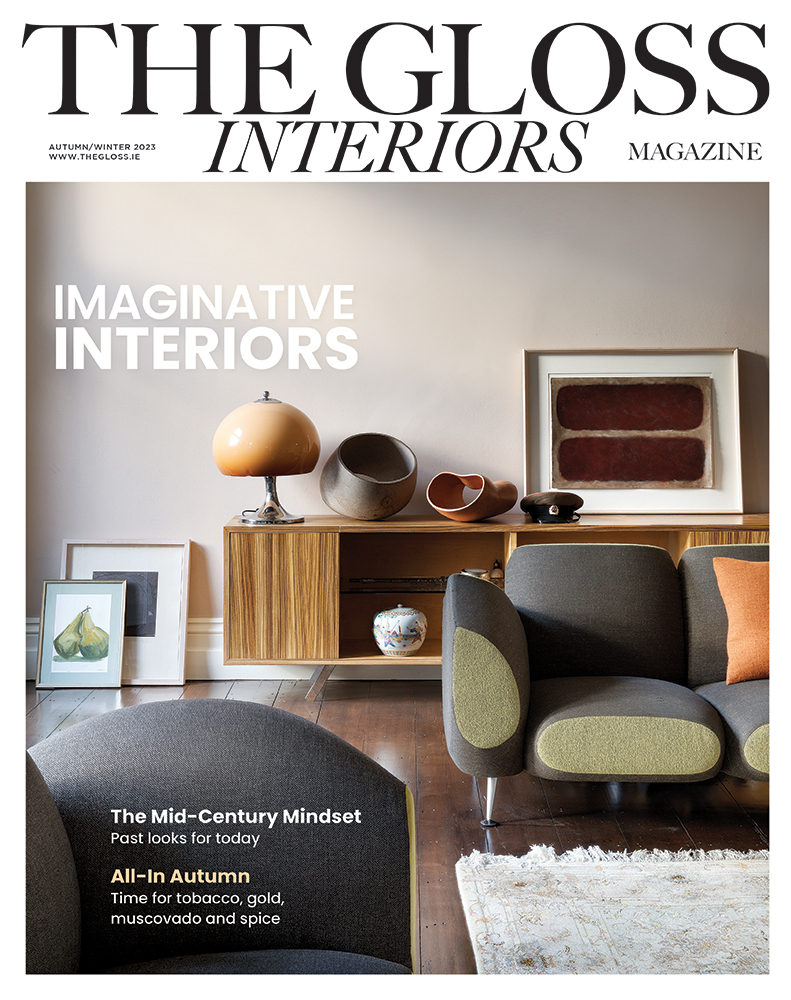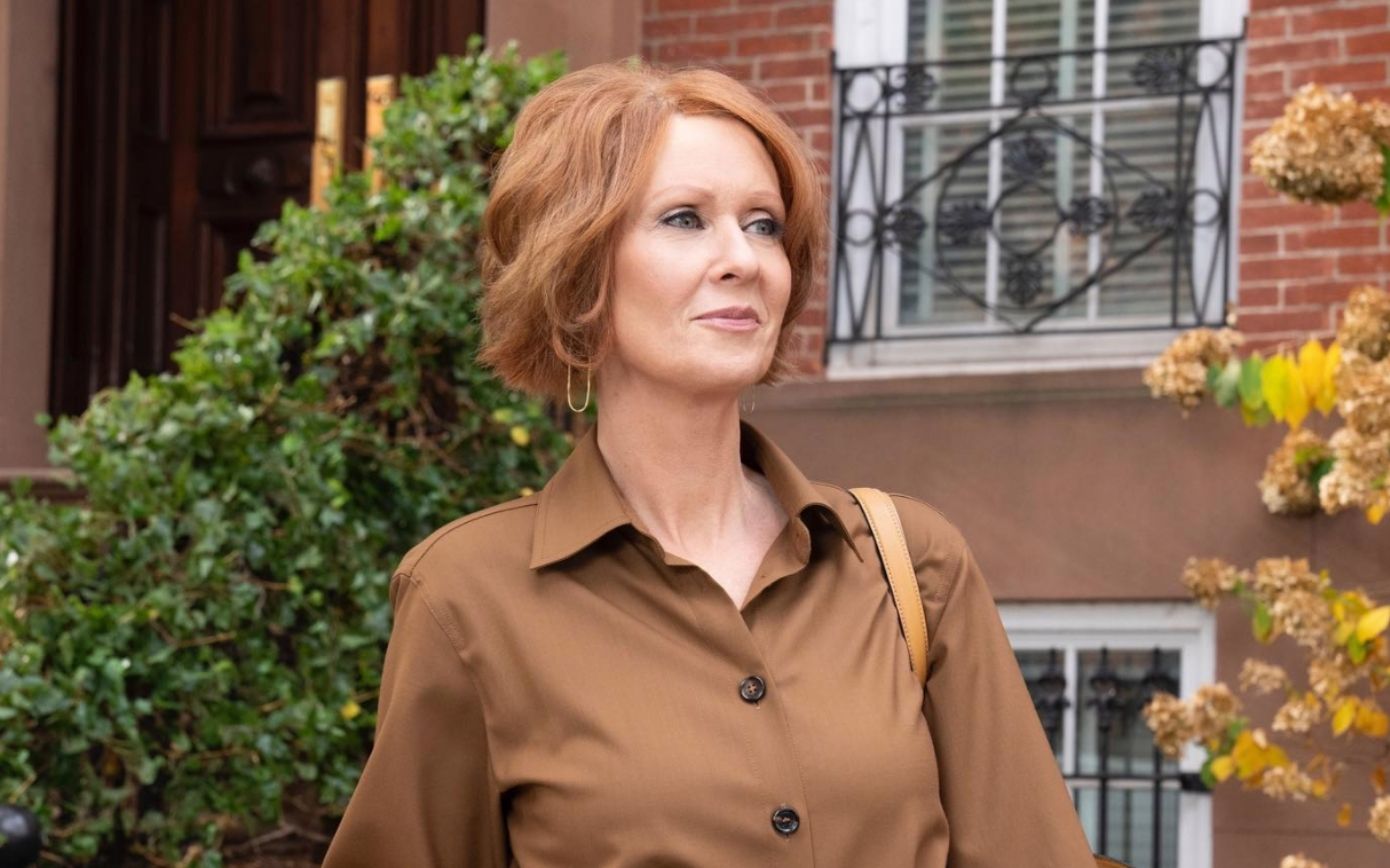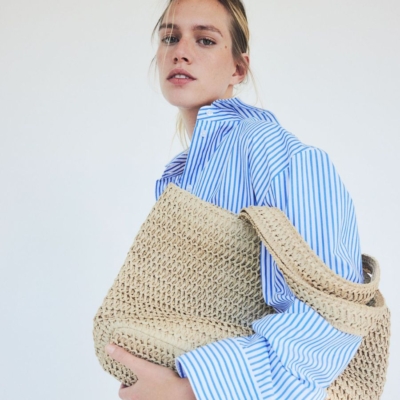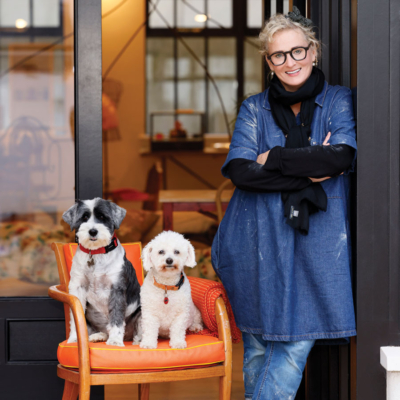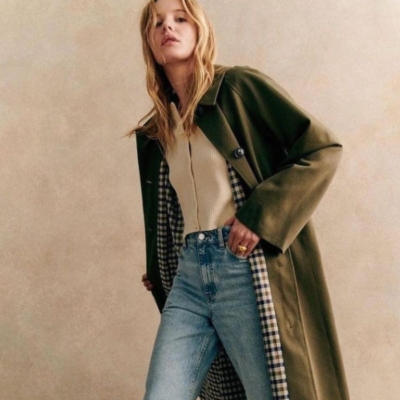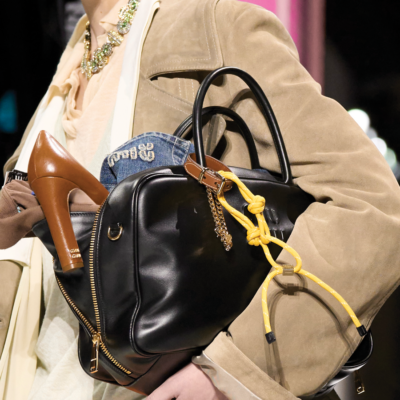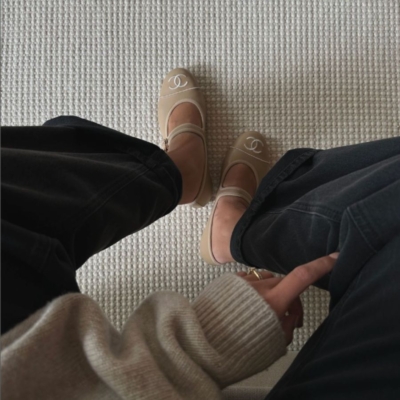With numerous high-profile relationships highlighting late-onset lesbianism, Emily Hourican finds when middle-aged women come out, it is accompanied by much soul-searching …
Main featured image via @justlikethatmax
Remember when bi-try was a thing? Around the same time as the Ladettes were telling us that really, what women want is to swill beer and shag like men, there was an underground off-shoot in which they dallied with a spot of girl-on-girl (the bi-triers were pretty much never boys). Jemima Khan kissing Kate Moss, Rihanna kissing Beyoncé, Madonna kissing Britney Spears and so on.
It was all slightly cringy though (do not get “proper” lesbians started on Madonna and Britney …) but also perhaps, a stage in the widening and untying of sexual identities – the celebrity-softened admission of possibility that really, there is far more to all of us than simply “gay” or “straight”.
But what the bi-tries failed to acknowledge, so giddy were they with their own daring, is that moving from “straight” to “gay” is something women have been doing for years (presumably men have too, but not, it seems, in anything like the same numbers). Often though, this has happened later in their lives, sometimes after marriages and the birth of children. In fact, there is even a term for it, coined by Rachel Johnson: Late-Onset Lesbianism; LOL for short. It also gets called “switching sides”, milking the old idea that sexuality is like a football team – you picked one and stayed loyal until death, through thick, thin and relegation, lest anyone called you fickle or, worse, a glory-hunter.
Late-onset lesbianism has also, by and large, been accompanied by less exhibitionism than bi-try, and way more soul-searching. After all, falling in love with someone else from within a relationship, especially as a parent, is always going to be difficult. If that person is a woman, in a society that has been until very recently – and arguably still is – profoundly homophobic, the difficulties multiply exponentially.
So is this happening more than before? “I would suggest it is,” says psychoanalyst Eve Watson. “It is now a less terrifying option.” That said, it is still not without its terrors. “For women who have had a very hetero-normative life, and an identity within a community as someone married to a man, with children, it is very difficult to introduce something different to that,” says Eve. “A person’s world can be turned upside down through the realisation that their long-held beliefs about themselves – beliefs that allowed them to fit in and get approval from a community – have to change.”
Life, with all the comfortable certainties you have assumed and invested in, turned on its head in a most fundamental way. And perhaps especially for women who have maintained a specific sexual identity – straight – for a long time. After all, those of us in our 40s, 50s and beyond, did not grow up in an era of gender fluidity. It cannot be a coincidence that the decades said to be our most confident are also the ones that produce this change.
So, what about the “Why” of this late-onset lesbianism? There are, of course, as many reasons as there are women. Some of these can sound almost glib – realising that happiness is more easily found with someone who cares about a tidy linen cupboard in the same way you do, who doesn’t automatically expect to come first, and who doesn’t need your “feelings” explained with the aid of colour-coded Post-its. There is also a notion that women are already so physically pally and comfortable with one another through female friendships, that moving this forward into a sexual relationship isn’t the kind of leap it would be for men, more a sort of easy slide into the welcoming arms of a best friend.
There is a theory that once the biological drive for children is either satisfied or relinquished, some women discover, often to their own surprise, that after all, they prefer their own sex.
But there are other, maybe deeper reasons. There is homophobia, and the deep internalising of this as a social message that can mean some women need decades of life and living before they can admit to themselves that they are gay.
Hormones are another. There is a theory that once the biological drive for children is either satisfied or relinquished, some women discover, often to their own surprise, that after all, they prefer their own sex.
Sex itself is another reason – apparently, lesbians have better sex lives. When asked to rate their sexual satisfaction and how often they orgasm, those women who identify as gay consistently hit higher notes than straight women. This is not rocket science. Simply knowing your way around anatomically, and not being massively selfish, is a huge help when it comes to sex.
And then there is the most tolerant of explanations – that we are all capable of falling in love throughout our lives and regardless of gender. This is what psychoanalyst Eve Watson calls “de-essentialising sexuality,” chucking out the idea that we are born with a single sexual identity and accepting that this, too, is a continuum. It’s not for nothing that there are now 71 possible gender identities to choose from on Facebook.
That’s the way it happened for actor, playwright and comedian Eilish O’Carroll, who was married, to her second husband, “a lovely, amazing man”, had two sons in their teens and was “happily planning the future” when, out of the blue, approaching her 40th birthday, “I met a woman and fell in love.” Which sounds beautiful, except that it wasn’t. Eilish not only didn’t, for a long time, say anything to the woman, but she couldn’t admit her feelings, even to herself. “I went into a deep depression for about 18 months. I didn’t know what was wrong with me, and only hoped that it was a phase and would pass. I decided I was going through an early menopause. I certainly couldn’t say that word – lesbian – to myself. I thought, “I’m not vegetarian, I can’t be lesbian!’ I didn’t handle it very well,” she says. “And the hardest part was my own internalised homophobia. If it hadn’t been for the way I was brought up, maybe I would have recognised sooner what was happening to me.”
Her biggest fear, she says, was “rejection – that my family and my sons would hate me.” Perhaps ironically, the only person Eilish felt she could talk to was her husband. With his support, they separated, and after some months, Eilish began a relationship with the woman she had fallen in love with, but it was ten years before she told her sons. That, she says, “hurt them. They said ‘we knew something was up, but it was for you to tell us.”
The relationship “lasted on and off for six years. Unfortunately we had no resources to draw from, both coming from long-term straight relationships. The guilt we carried, caused by the fall-out and pain we had caused to our families, soon dampened the flames of passion and I had to accept that our love for each other would not conquer all.”
Now in her 60s, Eilish is happy in a new relationship and has “a wonderful relationship with my ex-husband, my sons and grandsons”.
For 44-year-old Moninne Griffith, executive director of BelongTo, a support organisation for LGBTI+ young people, realising that she was gay came before meeting anyone. “I got married at 27 to a lovely guy and we were happy for a few years, but I started to realise this wasn’t right for me,” she says. “I knew myself enough to know I wasn’t straight. That was very hard. We had been together for a long time, I still loved him, we were still friends, and I felt so guilty. I was really miserable, and I didn’t understand why. I was hiding my true self. I had stomach problems, I lost loads of weight and was very stressed.”
Gradually, she “unpacked” her feelings with the help of counselling, ended her marriage, changed jobs – she had been working as a solicitor, something she didn’t love – and came out. “I had fancied women in the past, and had even had the odd snog before I married, but I naively thought those crushes were just something all women had.” She too talks of “internalised homophobia” and “self-loathing,” pointing out that, “we’re all shaped by the same prejudices.” Telling her family was a huge deal, particularly her parents, who “came around eventually” – although Griffith says that during the Marriage Equality referendum, when she appeared on TV, her mother would say “I know you’re gay, but do you have to go on TV and tell the whole world?”
One of the biggest things for Griffith was the idea of having children, something that was completely tied in with heterosexual relationships. “That was what kept me in the marriage. I thought, ‘I want to be a mother, I’m going to stay and work on this.’ That was a huge factor.”
Now, Griffith has a daughter, Edie, with her partner Clodagh. “Coming out was terrifying,” she says, “but the best thing I ever did for myself. I felt paralysing fear, but once I did it, I’ve never looked back. I felt I could breathe at last.” And this, of course, is the point. Change is always hard, love is hard, relationships are hard, and marriage breakdown is especially hard – but on the other side can lie joy and the true acceptance of self; prizes worth fighting for.
Main image: Actress Cynthia Nixon was in a heterosexual relationship for 15 years before she fell in love with Christine Marinoni.
LOVETHEGLOSS.IE?
Sign up to our MAILING LIST now for a roundup of the latest fashion, beauty, interiors and entertaining news from THE GLOSS MAGAZINE’s daily dispatches.

